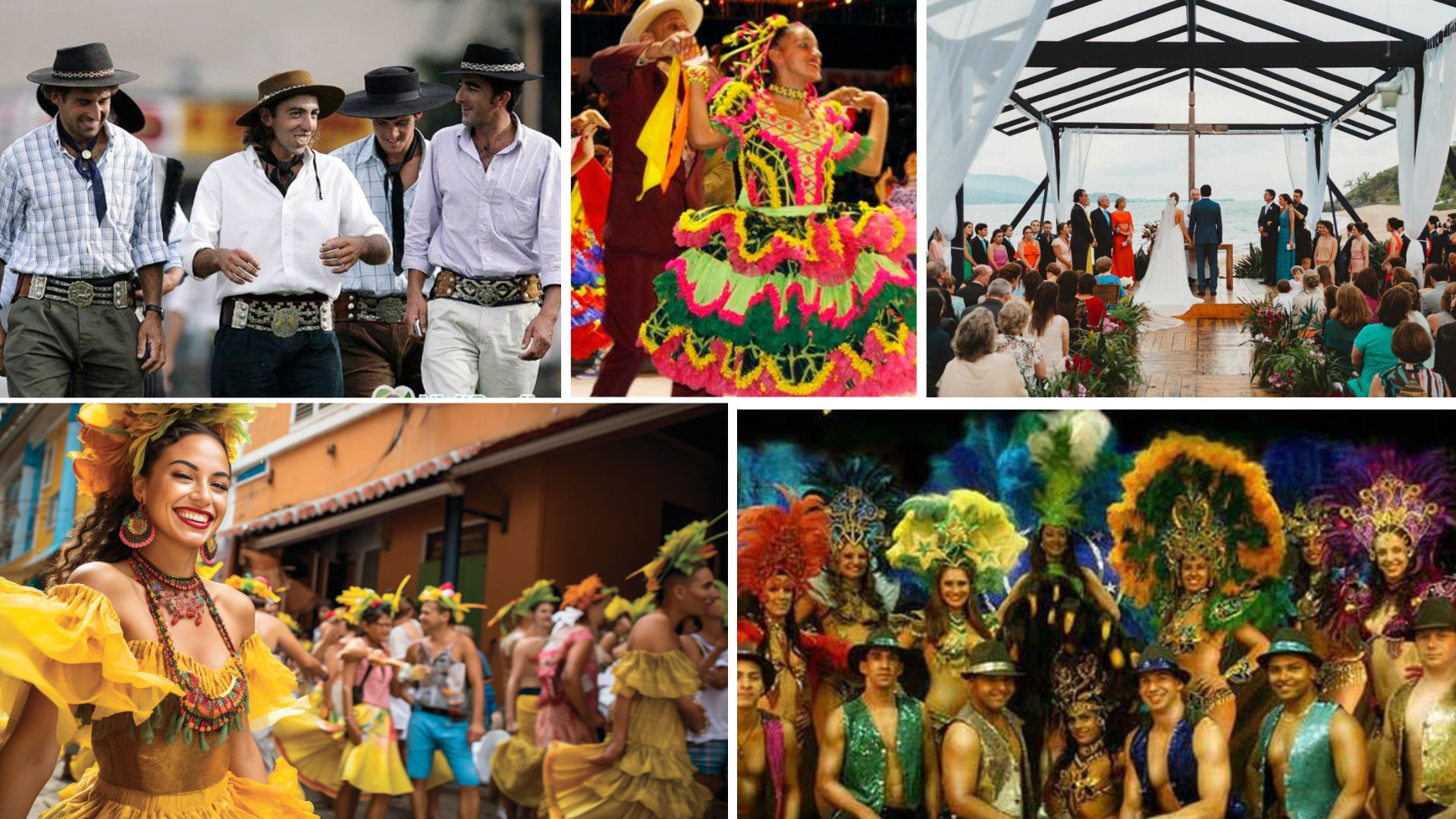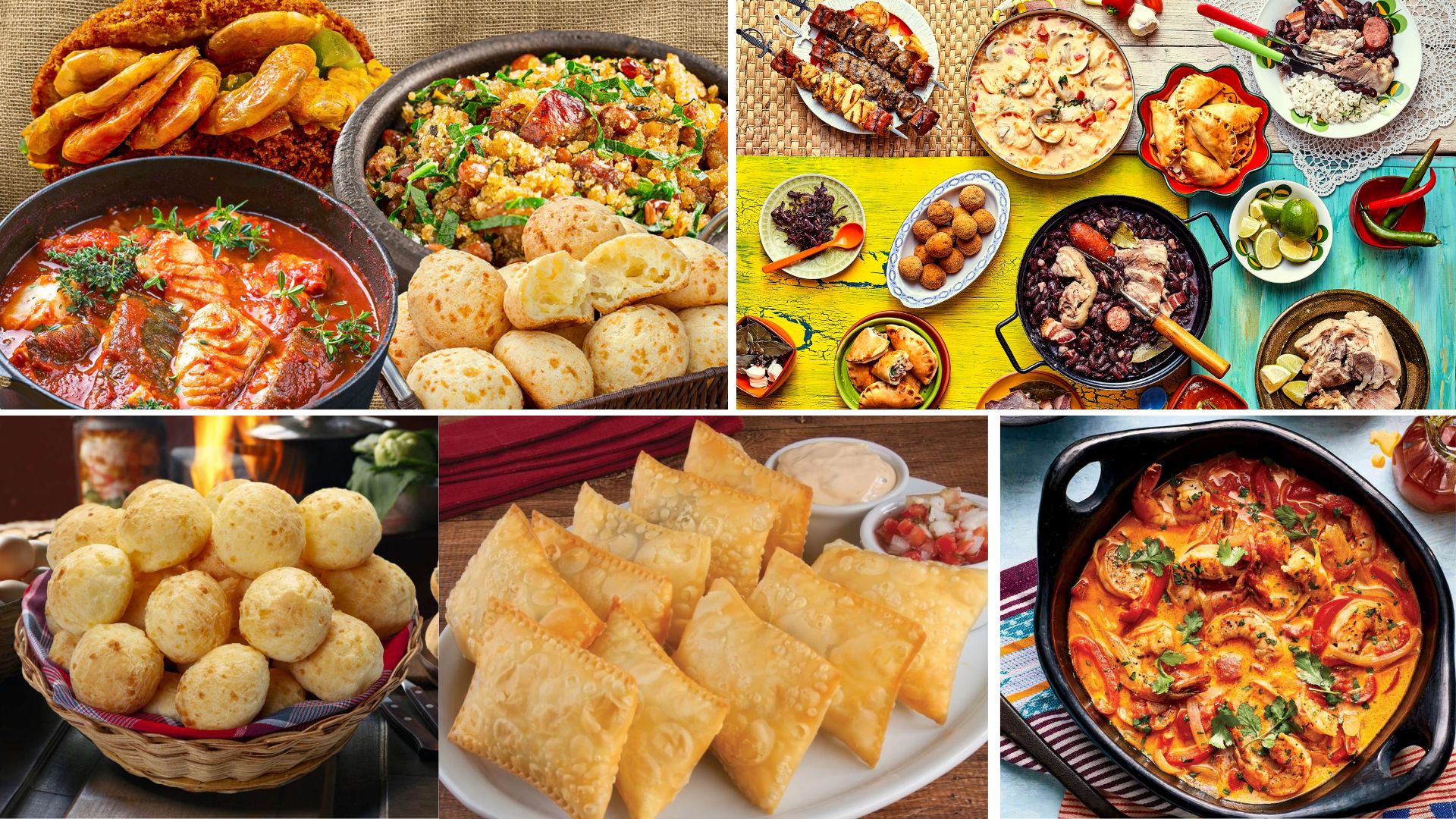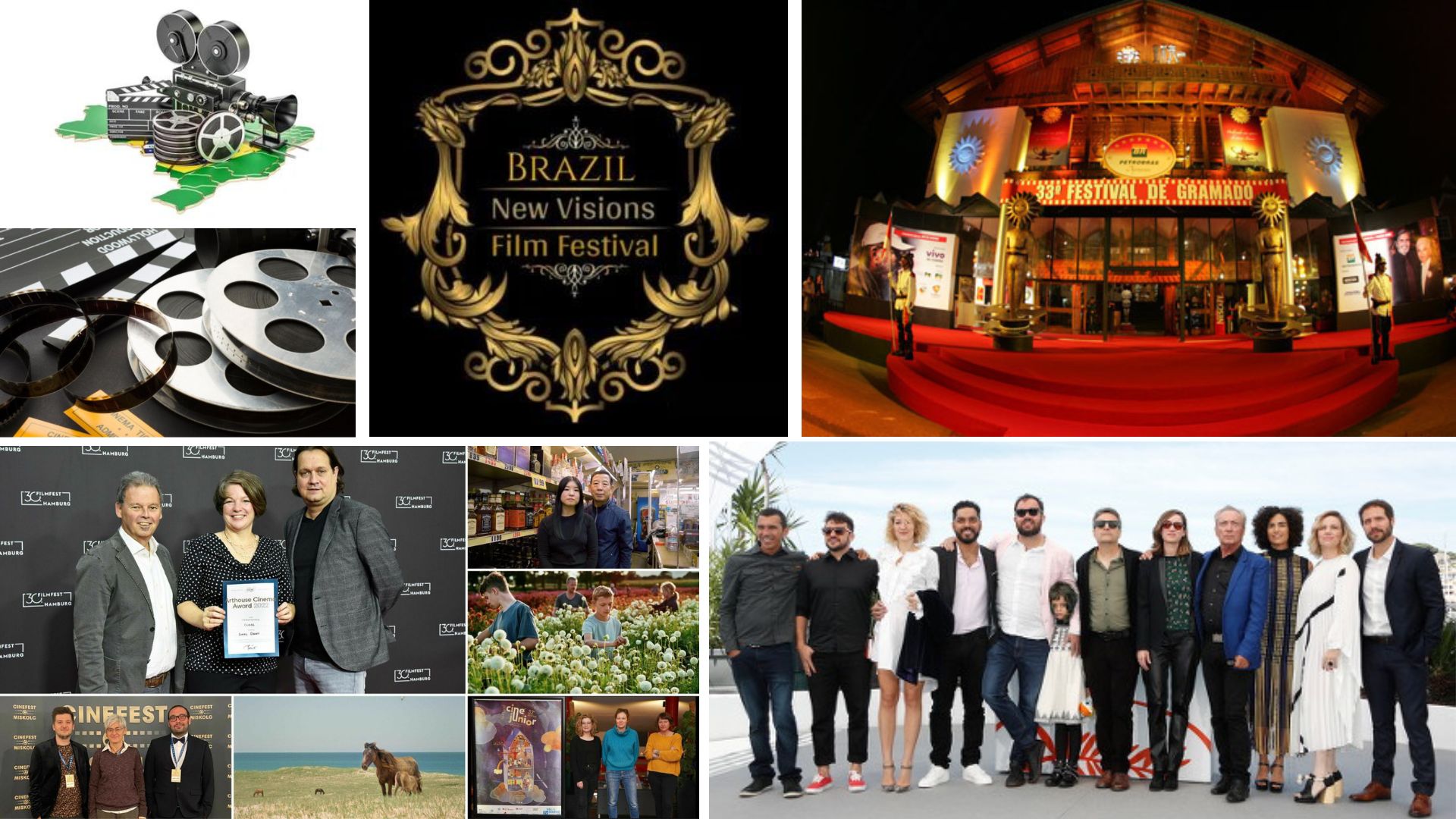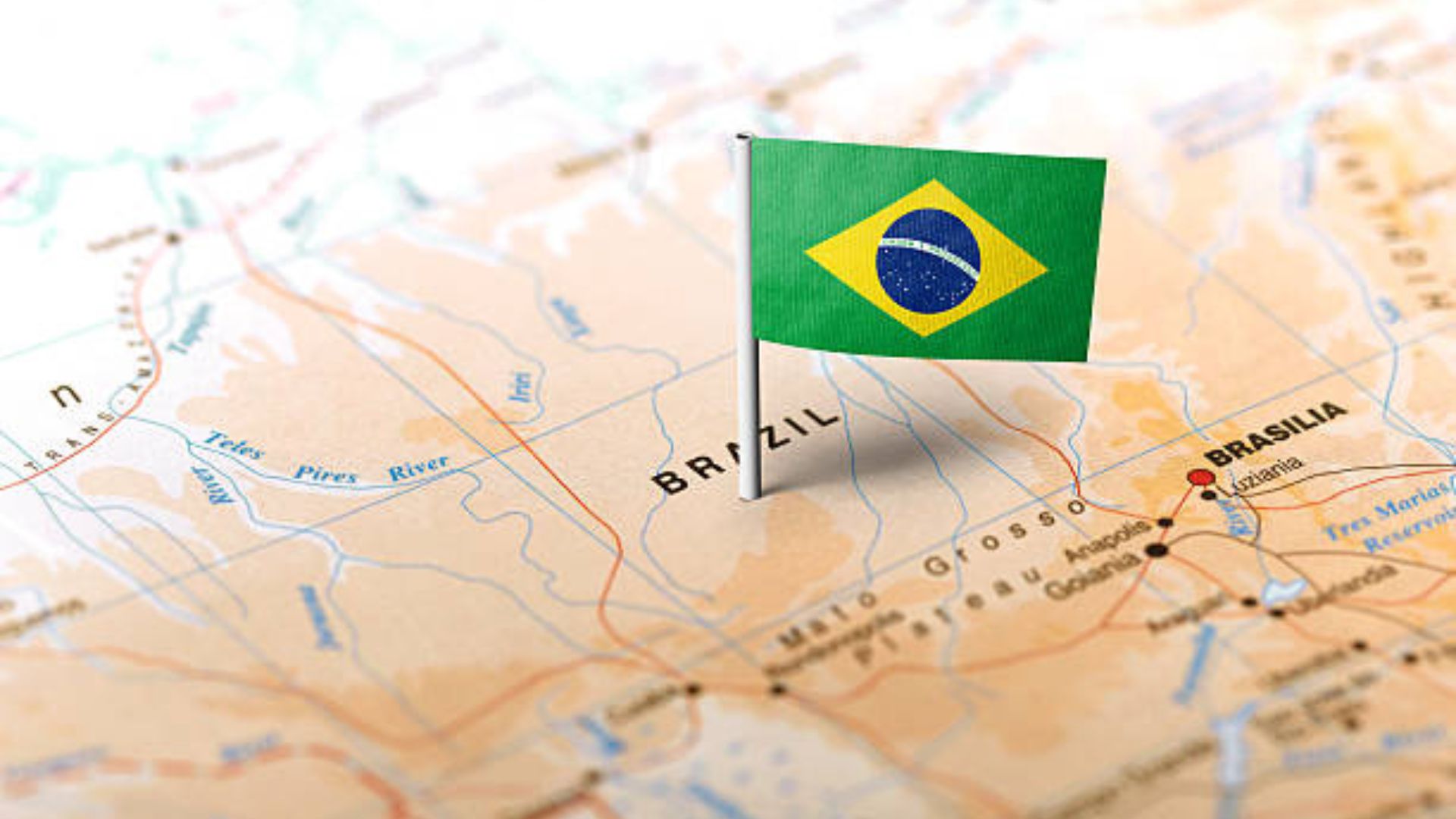Brazil, the largest country in South America, is a vibrant nation with a rich and diverse
culture influenced by its ethnic diversity, colonial past, and local traditions. This
cultural richness is reflected in many aspects of daily life, such as clothing, food, arts
and crafts, music and dance, the growing film industry, and the economy. Here's an overview
of these elements:
 Traditional Clothing and Attire:
Traditional clothing in Brazil is a vibrant reflection of the country's diverse cultural
heritage, which blends indigenous, African, and European influences. Each region of Brazil has
its own unique style of dress that varies based on climate, history, and local traditions. For
example, in the northeastern state of Bahia, women often wear the traditional "baiana" dress, a
flowing white outfit with African-inspired designs, large skirts, and headscarves. This attire
is often worn during religious ceremonies and festivities, especially those associated with
Afro-Brazilian traditions. During Carnival, one of the most famous celebrations in Brazil,
revelers wear extravagant, colorful costumes adorned with feathers, sequins, and beads,
reflecting the joyful and dynamic nature of the festival. In rural areas, particularly in the
southern region, gaucho clothing, which consists of wide-brimmed hats, bombachas (loose
trousers), and leather boots, is worn by men and women, especially during cultural events such
as rodeos and folk festivals.
Traditional Clothing and Attire:
Traditional clothing in Brazil is a vibrant reflection of the country's diverse cultural
heritage, which blends indigenous, African, and European influences. Each region of Brazil has
its own unique style of dress that varies based on climate, history, and local traditions. For
example, in the northeastern state of Bahia, women often wear the traditional "baiana" dress, a
flowing white outfit with African-inspired designs, large skirts, and headscarves. This attire
is often worn during religious ceremonies and festivities, especially those associated with
Afro-Brazilian traditions. During Carnival, one of the most famous celebrations in Brazil,
revelers wear extravagant, colorful costumes adorned with feathers, sequins, and beads,
reflecting the joyful and dynamic nature of the festival. In rural areas, particularly in the
southern region, gaucho clothing, which consists of wide-brimmed hats, bombachas (loose
trousers), and leather boots, is worn by men and women, especially during cultural events such
as rodeos and folk festivals.
 Language and Literature:
Portuguese is the official language of Brazil, and the country stands as the largest
Portuguese-speaking nation in the world. Brazilian Portuguese has evolved uniquely, with
regional accents and slang reflecting the rich cultural and linguistic diversity of the country.
The literary tradition of Brazil is equally vast and diverse, having produced some of the
world’s most influential writers and poets. Machado de Assis, one of the most celebrated
Brazilian authors, is known for his contributions to realist literature, while Jorge Amado's
works, such as Gabriela, Clove and Cinnamon, bring to life the colorful characters and
landscapes of Bahia. Clarice Lispector, another major figure in Brazilian literature, is
recognized globally for her deep psychological and philosophical writings. Brazilian literature
explores themes ranging from colonization and slavery to modern-day identity, politics, and
social change, making it a mirror of the country’s complex history and culture.
Language and Literature:
Portuguese is the official language of Brazil, and the country stands as the largest
Portuguese-speaking nation in the world. Brazilian Portuguese has evolved uniquely, with
regional accents and slang reflecting the rich cultural and linguistic diversity of the country.
The literary tradition of Brazil is equally vast and diverse, having produced some of the
world’s most influential writers and poets. Machado de Assis, one of the most celebrated
Brazilian authors, is known for his contributions to realist literature, while Jorge Amado's
works, such as Gabriela, Clove and Cinnamon, bring to life the colorful characters and
landscapes of Bahia. Clarice Lispector, another major figure in Brazilian literature, is
recognized globally for her deep psychological and philosophical writings. Brazilian literature
explores themes ranging from colonization and slavery to modern-day identity, politics, and
social change, making it a mirror of the country’s complex history and culture.
 Music and Dance:
Music and dance are at the heart of Brazilian culture, with genres that have become symbols of
national pride. Samba, a musical genre and dance that originated from Afro-Brazilian communities
in Rio de Janeiro, is synonymous with Carnival and has become a global ambassador of Brazilian
culture. Bossa nova, a softer and more melodic style, blends samba rhythms with jazz, and
artists like João Gilberto and Antonio Carlos Jobim brought this style to international
prominence with hits like "The Girl from Ipanema." Brazil is also home to the popular music
style forró, often associated with the northeastern region of the country, where couples dance
close together to the sound of the accordion, triangle, and zabumba drum. Beyond samba and
forró, Brazil has given rise to other music genres such as tropicalia, a 1960s artistic movement
that fused traditional Brazilian sounds with rock, jazz, and avant-garde influences. Dance forms
such as capoeira, which combines elements of martial arts, acrobatics, and music, are deeply
tied to Brazil's African heritage, originating from enslaved Africans who used it as a form of
resistance and cultural expression.
Music and Dance:
Music and dance are at the heart of Brazilian culture, with genres that have become symbols of
national pride. Samba, a musical genre and dance that originated from Afro-Brazilian communities
in Rio de Janeiro, is synonymous with Carnival and has become a global ambassador of Brazilian
culture. Bossa nova, a softer and more melodic style, blends samba rhythms with jazz, and
artists like João Gilberto and Antonio Carlos Jobim brought this style to international
prominence with hits like "The Girl from Ipanema." Brazil is also home to the popular music
style forró, often associated with the northeastern region of the country, where couples dance
close together to the sound of the accordion, triangle, and zabumba drum. Beyond samba and
forró, Brazil has given rise to other music genres such as tropicalia, a 1960s artistic movement
that fused traditional Brazilian sounds with rock, jazz, and avant-garde influences. Dance forms
such as capoeira, which combines elements of martial arts, acrobatics, and music, are deeply
tied to Brazil's African heritage, originating from enslaved Africans who used it as a form of
resistance and cultural expression.
 Ceremonies and Festivals:
Festivals and ceremonies in Brazil are grand celebrations of life, religion, and culture. The
most famous of all is Carnival, a multi-day festival celebrated before Lent, where the streets
come alive with parades, samba music, and dance. Carnival is an explosion of colors, music, and
joy, especially in cities like Rio de Janeiro, Salvador, and São Paulo, drawing millions of
people from around the world. Another major celebration is Festa Junina, which takes place in
June and celebrates Saint John the Baptist with traditional folk music, square dancing, and
food, particularly in rural areas of the northeast. Religious festivals such as Círio de Nazaré
in Belém, dedicated to Our Lady of Nazareth, are also important cultural events. Additionally,
Brazil is known for its Afro-Brazilian spiritual practices, including Candomblé ceremonies,
where followers honor African deities through dance, drumming, and offerings. These festivals
and ceremonies showcase Brazil's diverse religious traditions and its people's deep connection
to their faith and heritage.
Ceremonies and Festivals:
Festivals and ceremonies in Brazil are grand celebrations of life, religion, and culture. The
most famous of all is Carnival, a multi-day festival celebrated before Lent, where the streets
come alive with parades, samba music, and dance. Carnival is an explosion of colors, music, and
joy, especially in cities like Rio de Janeiro, Salvador, and São Paulo, drawing millions of
people from around the world. Another major celebration is Festa Junina, which takes place in
June and celebrates Saint John the Baptist with traditional folk music, square dancing, and
food, particularly in rural areas of the northeast. Religious festivals such as Círio de Nazaré
in Belém, dedicated to Our Lady of Nazareth, are also important cultural events. Additionally,
Brazil is known for its Afro-Brazilian spiritual practices, including Candomblé ceremonies,
where followers honor African deities through dance, drumming, and offerings. These festivals
and ceremonies showcase Brazil's diverse religious traditions and its people's deep connection
to their faith and heritage.

Brazil Clothing
Brazil's fashion and clothing are as diverse as its people. While modern, urban Brazilians tend to wear typical Western-style clothing, traditional attire still holds cultural significance, particularly during festivals and in rural areas. In the city, Brazilians favor casual, breathable fabrics suited for the country's warm climate. The "jeans and t-shirt" look is common, but the country also has a burgeoning fashion industry, with designers blending traditional elements with contemporary trends. In regions like the Amazon, indigenous groups continue to wear clothing made from natural fibers, often adorned with intricate beadwork and feathers. Traditional dress for festivals or special occasions often incorporates Brazil's rich cultural history, reflecting indigenous roots, African heritage, and Portuguese colonial influences.

Brazil Food
Brazilian cuisine is as diverse and vibrant as its culture, with each region offering its own unique dishes and flavors. Feijoada, a rich black bean stew with pork, is considered the national dish and is often enjoyed with rice, collard greens, and farofa (toasted cassava flour). In the north, dishes are heavily influenced by indigenous ingredients, such as açaí, tapioca, and the use of tropical fruits like cupuaçu and guava. The northeast is famous for seafood dishes, particularly moqueca, a fish stew made with coconut milk, tomatoes, and palm oil. Southern Brazil, with its strong European influence, is known for churrasco, a style of barbecue where different cuts of meat are grilled and served. Brazilian street food is equally popular, with snacks like coxinha (chicken croquettes), pão de queijo (cheese bread), and brigadeiros (chocolate truffles) loved by locals and tourists alike. Each meal in Brazil tells a story of the country's history and cultural fusion.

Brazil Arts and Crafts
Brazil has a rich tradition of arts and crafts, drawing on the creativity of its indigenous, African, and European populations. Handicrafts such as wood carvings, ceramics, and woven textiles are popular in rural areas and among indigenous groups. These crafts are often sold at local markets and are prized for their detailed craftsmanship and use of natural materials. Brazilian artisans are also known for their vibrant use of color, seen in items like hammocks, pottery, and beadwork. The country’s street art, particularly in cities like São Paulo, is world-renowned, with murals covering entire buildings and reflecting social and political commentary. The urban art scene continues to grow, and Brazilian artists such as Os Gêmeos have gained international fame for their bold and intricate graffiti works.

Brazil Film Industry
The Brazilian film industry, known as Cinema Novo in the 1960s, was initially driven by a desire to create films that reflected the realities of Brazilian society, particularly focusing on the struggles of the poor and marginalized. Directors like Glauber Rocha gained international recognition for their politically charged films. In recent years, the industry has continued to thrive, producing globally acclaimed films like City of God (Cidade de Deus), which showcased life in the favelas of Rio de Janeiro, and Central Station (Central do Brasil), a touching story of an unlikely friendship. Brazilian filmmakers often address themes like social inequality, crime, and cultural identity, providing a window into the complexities of life in Brazil.

Brazil Economy
As the largest economy in South America, Brazil plays a critical role in the global market. The country is a major exporter of agricultural products like soybeans, coffee, sugar, and beef, benefiting from its vast natural resources. It also has significant mining and energy sectors, with rich deposits of iron ore and oil. Brazil has a growing technology sector, particularly in areas like fintech and startups, contributing to the country’s modern economic landscape. Despite its economic strengths, Brazil faces several challenges, including political instability, social inequality, and environmental concerns related to deforestation in the Amazon rainforest. Nevertheless, Brazil’s economy remains one of the most important in the developing world, and its potential for growth is significant.